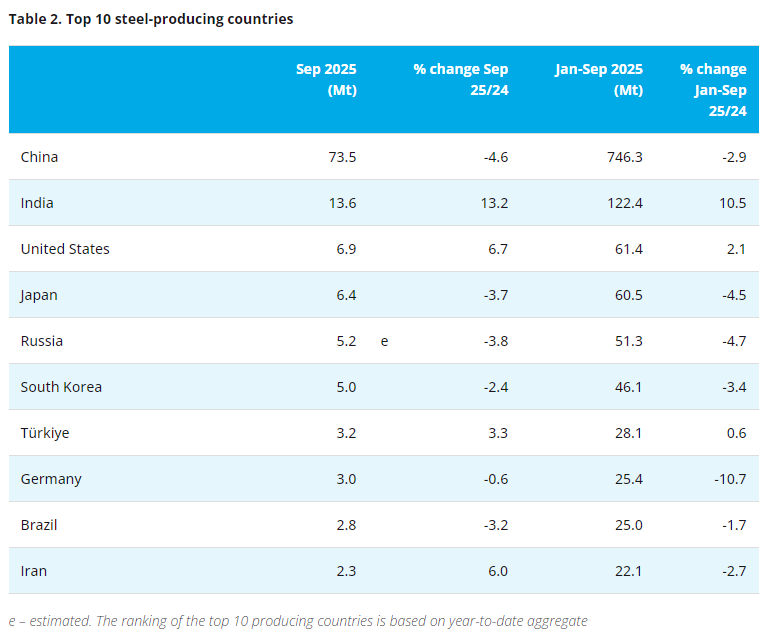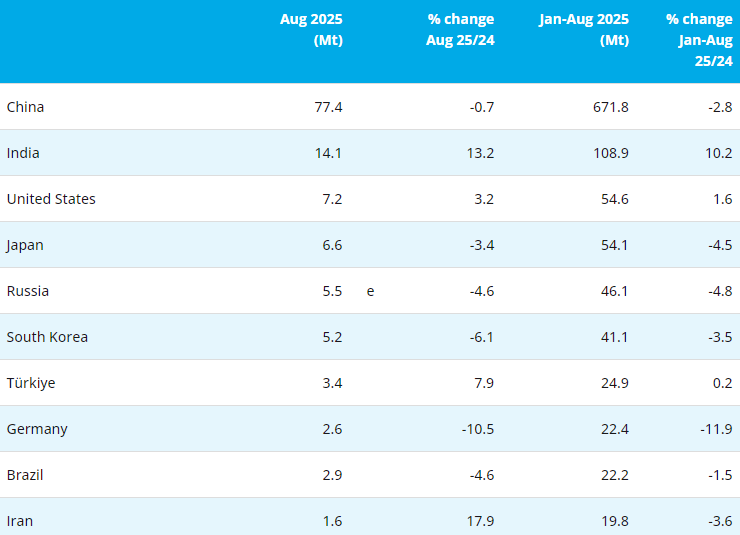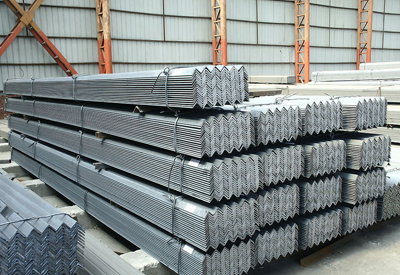January to July this year saw the prices of most metals touch new highs, with iron ore being no exception. Among the most widely used raw materials in the world, iron ore saw an unprecedented surge in demand in the run-up to the Chinese Olympics.
The rally in iron ore was mainly led by expectations of increasing demand for high end steel products from emerging markets, especially BRIC countries, as they ramped up construction and infrastructure spends.
Long-term iron ore contract prices went as high as $194 a tonne and spot prices in China peaked to $236 in this period, but contract prices for China have fallen to $46 levels currently. The decline has been triggered by several factors. However, post-Olympics, demand from China dropped considerably. The ongoing credit crunch and the general recessionary trends that have gripped most global economies in recent times also added to the fall.
India’s position
Expectations of a drop in construction activity in various parts of the world, as US slips into recession and China slows much more than expected, have pushed both steel and iron ore prices down substantially.
Worse still, driven by the slowing economies, some of the largest steel producers worldwide have announced production cuts.
Rich in iron reserves, India stands fourth among the major exporters of iron ore. The commodity accounts for over 50 per cent of our export revenues within the metal segment. Besides China, which consumed nearly 75 per cent of our iron ore exports, countries such as South Korea, the US and the UK figure in the list of major importers of Indian iron ore.
Madhya Pradesh, Karnataka, Bihar, Orissa, Goa, Maharashtra and Tamil Nadu are states rich in iron ore and are the principal producers of the metal in the country. Infact, in Madhya Pradesh, Bihar, Goa and Orissa, iron ore mining is a primary driver of the local economy.
Iron ore, which is primarily used for steel production, can be processed in three forms, namely, wrought iron, pig iron and sponge iron. Of these three major intermediate products, it is the last two variants that are produced the most in India.
Relatively fragmented
The ore industry, though well regulated, is relatively fragmented. This is because majority of the miners are small- and medium-sized, with a good number of them favouring sponge iron in terms of the number of producers, production, exports and revenues.
Sponge iron, which is a recognised alternative to steel scrap, is widely used as a raw material for the manufacture of steel products. India tops the chart in world production of sponge iron. Some of the well known Indian producers of sponge iron are Tata Sponge Iron, GSAL India, Orissa Sponge Iron and Nova Iron and Steel.
Pig iron, on the other hand, is the intermediate product of smelting iron ore with coke, and is a brittle form of iron. And since it has high carbon content, it finds limited applications. Overall however the domestic consumption of pig iron is not high compared to its export.
During January-August 2008, India’s pig iron exports increased sharply by over 60 per cent.
This was mainly due to spurt in demand from industries such as automobiles, auto components and engineering. Sesa Goa, Tata Metaliks, Usha Ispat and Kudremukh Iron & Steel are among the major pig iron producers in the country.
Except for some big steel manufactures such as SAIL, Tata Steel and Jindal Steel, which have captive iron ore mines, most private players, such as Ispat Industries, Essar Steel and JSW Steel, buy varying quantities of iron ore from National Minerals Development Corporation (NMDC) and Minerals & Mines Trading Corporation (MMTC) through long-term contracts.
NMDC, the country’s largest mining company recently announced a price hike of 30-40 per cent for long-term contracts on iron ore in order to compensate for the weakening export performance. MMTC and NMDC are also considering revising their prices to be on a par with the foreign competitors.
Outlook
With global growth projections being revised successively downwards, commodity market analysts expect iron ore prices to continue declining over the next year. Forecasts from Goldman Sachs, Morgan Stanley and RBC Capital suggest a 25 to 35 per cent drop in the benchmark Australian prices over 2009.
Expectations are that the benchmark Australian ore price for the next year may drop to $46-$54 a tonne from $93 this year. Cash prices for iron ore delivered to China have slumped 59 per cent over the past six months, prompting Rio Tinto Group, the second-biggest exporter, to delay shipments.
Prospects for volume growth are also relatively moderate, especially for Indian exporters, given the drop in offtake from China. This apart another major threat to our exporters is the high freight rates.
Despite promising high quality, China has cut down on fresh order booking of Indian iron ore and has instead sought to import its requirement from players in Australia and Brazil who offer lower freight costs.
At a global level, the production cutbacks in steel are already trickling down to iron ore producers as well. Leading global Iron ore manufacturers such as Vale Do Rio Doce (Brazil), Rio Tinto and BHP Billiton (Australia) have already announced plans to cut production.
The 93 per cent dip in the Baltic Dry Index from its peak of 11400 in May 2008 also reinforces the weakening demand outlook for freight intensive commodities such as iron ore. –Business Line
Copyright © 2013 Ferro-Alloys.Com. All Rights Reserved. Without permission, any unit and individual shall not copy or reprint!
- [Editor:editor]



 Save
Save Print
Print Daily News
Daily News Research
Research Magazine
Magazine Company Database
Company Database Customized Database
Customized Database Conferences
Conferences Advertisement
Advertisement Trade
Trade















 Online inquiry
Online inquiry Contact
Contact

Tell Us What You Think